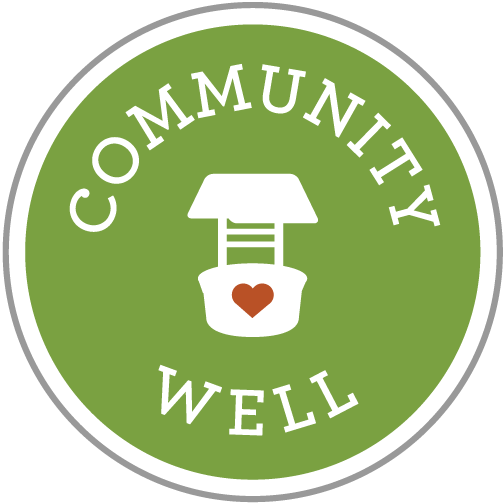What Your Kid’s School Should Focus on this Fall
/A slim letter arrived in the mail the other day confirming that my daughter had been placed in a kindergarten class at a local elementary school. The letter was brief, formal, and entirely without charm, but it still seemed like a sweet, sentimental moment. Our daughter is going to school! The thought definitely has me looking toward the fall with some anticipation. I know not everyone sees it that way. A lot of families still have anxiety about what school may hold when full-time instruction resumes this autumn. For some parents, there are lingering concerns about safety conditions and others are worried about how their children will respond to in-person instruction and how they will recover from the academic and social disruption of the past year.
These are difficult questions and while there are no easy answers, the education community has been working to identify priorities that address some of the biggest challenges of the transition back to school this fall. As a member of that community and a parent of two young children – one of whom makes that leap to kindergarten this fall, I want to share some of this work so fellow parents can press their school districts to make the kind of investments that will best support kids this summer, this fall, and beyond.
As schools work to reintegrate students to on-campus life, they should focus on supports that address immediate issues, as well as longer-term investments that help transform and improve a system that hasn’t served all students well. This reset is an opportunity for schools to think creatively about how they can reinvent practices to serve the whole child, not just resume the same strategies and operations that preceded the pandemic. With significant funding available from the state and federal government to help mitigate the impact of the pandemic, schools can consider a range of interventions to help students. Parents should investigate whether the district is exploring options such as paying teachers and staff (if willing) for activities that go beyond traditional responsibilities (tutoring, family outreach, professional development); paying high school and college-age youth, family and community members to serve as multilingual and multicultural liaisons, mentors and tutors; hiring more counselors, social workers, and mental health care specialists (if they can identify an ongoing funding source for after the relief money runs out); staffing up to offer expanded summer and out-of-school time opportunities, and partnering with community-based partners who can extend the capacity of the district.
Specifically, parents should push for action in these:
Center Relationships
While a minority of students have thrived during online learning, for most the pandemic has disrupted routines and friendships and created frustration and anxiety. In worse cases, students have endured significant abuse and trauma. Against this backdrop, it’s important that schools emphasize the development of nurturing relationships and support systems between students, staff, and families.
Differentiated Support for the Whole Child
Every child is different, and students will bring diverse experiences from the pandemic back to campus. Schools should conduct an assessment of every student’s academic fitness, linguistic development, mental health, and social and emotional state, and develop individualized plans to address those needs. Mental health and strong social-emotional relationships combined with differentiated support and instruction provide the foundation for personal development and academic success.
Strengthen Staffing and Partnerships
Education research shows that the most effective interventions to accelerate student progress and aid learning recovery are typically people-intensive. After this grueling year, some school districts will struggle to find additional staff for the initiatives students need. More numerous and better-developed partnerships with local non-profits and organizations can help fill the gap and strengthen connections to the community. Community organizations are particularly well-positioned to help build out summer school or afterschool programs that provide expanded learning opportunities as students work on learning recovery.
Make Teaching and Learning Relevant and Rigorous
This is a time for reflection and evaluation and school districts should reassess their standards around curriculum and instruction to ensure they are of the highest standard and are rigorous, relevant, and inclusive on topical, linguistic, gender, racial, cultural, and ethnic grounds.
Empower Teams to Reimagine and Rebuild Systems
Schools shouldn’t be content with stopgaps. At the same time as they are developing programs to meet immediate needs, they should work in partnership with students, staff, parents, and the community to design new systems that correct for the shortcomings of old approaches that contributed to suboptimal outcomes for students as well as opportunity and achievement gaps between groups of students.
Above all, it’s important to recognize that after all, we’ve struggled through these past 15 months, we have a chance to build a better future for children and schools are a big part of that. If we don’t treat this moment with the urgency it deserves and create a more responsive, nurturing, stimulating, and challenging educational environment that prepares our students for further schooling and for the school of life, we will have wasted a grand opportunity.
Photo by NeONBRAND

